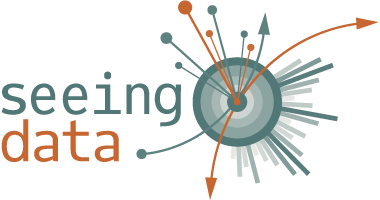Doing ‘The Best’ with Visualisation
In the social sciences, data can come in many different forms. Census data, interview transcripts, survey results, statistical outputs–these are just some examples of data that social scientists regularly generate, collect, and analyse for a wide range of questions about society. Visualising results, or depicting findings via visual means such as charts and tables, has also been a crucial step in communicating social science to external audiences. But as datasets are getting larger, and researchers are able to access these data for their projects, we have seen even more complex, innovative, and eye-catching visualisations circulate in popular media. This has made me consider a key question: what do we hope to accomplish through visualisation?
This is a question I raised at a recent workshop in Oxford, hosted by the Digital Panopticon Project which seeks to analyse and visualise criminal records from the Old Bailey during 1780-1925. We as researchers aspire to be empirically grounded and analytically rigorous–and this certainly spills over into our visualisation practice where we may strive to create ‘the best’ visualisations. But I wonder what we mean by ‘the best’, and if this ‘best’ varies across different purposes and contexts.
For example, at the Migration Observatory, we are guided by several core principles that stem from our mission to inform all sides of the public debate about international migration. Two of these are comprehensiveness, which means that as far as possible we consider all reliable data sources about as many aspects of migration, and engagement which means that our work aims to be interactive and enables users to answer their own questions using data. These two principles influence the type of visualisations that we have typically reached for since our launch in 2011. We rely upon simple, easily understood line and bar charts to clearly communicate key points about migration flows to the UK using datasets that can be incredibly complicated and unclear. So, in this case, our response to the task of ‘doing the best’ with data visualisation has up to this point taken a certain form that stems directly from our mission to be independent, transparent, and comprehensive.
What lies at the heart of my approach to visualisation as a social scientist is reflexivity–of critical self-evaluation that reflects on current practice. The steps that lie ahead involve asking whether there are other kinds of visualisations of migration data that are more engaging while still being comprehensive and clear. But this is a point that may be relevant for all researchers considering visualising data: given your research questions, mission, and objectives, what are you trying to accomplish with your visualisation?
